5 Simple Ways To Boost Your SEO Site Ranking
Every day, there are over 5.6 billion searches performed on Google. You might have a site page with a great interface and informative content, but unfortunately, it’s drown in the sea of Internet.
To ensure your organization is having high visibility and receiving attention from your prospects, the rule is simple: increase your site ranking on search engines like Google.
SEO stands for search engine optimization, which is a set of methods used to improve the site ranking of your page on search engine websites. The end goal is to have your web page be the first one user see when they perform a search.
Here are 5 easy tips to improve your site ranking:
Published authoritative content with research keywords
In creating a blog article, the key element is the content itself – obviously.
Most websites tend to stuff in as many keywords as possible in an article to maximize the chances of Google ranking their content. However, you do not want to scare your visitors away with keyword stuffing. If your content isn’t attracting your visitors to stay, it’s pointless.
Create an effective article shouldn’t be hard. What you gotta do are:
- Understand your company products and services
- Research for relevant keywords about your company products and services
- Create content based on selected keywords and try to provide solution to your customers
Google Keyword Tool is a free website where you can look up the keyboard’s average monthly research, relevance and competitive as well as similar keywords.
Place the research keywords throughout your post and never try to force them into each part of the blog. A keyword density of 5-7 is the great way to start and increase your organic traffic!
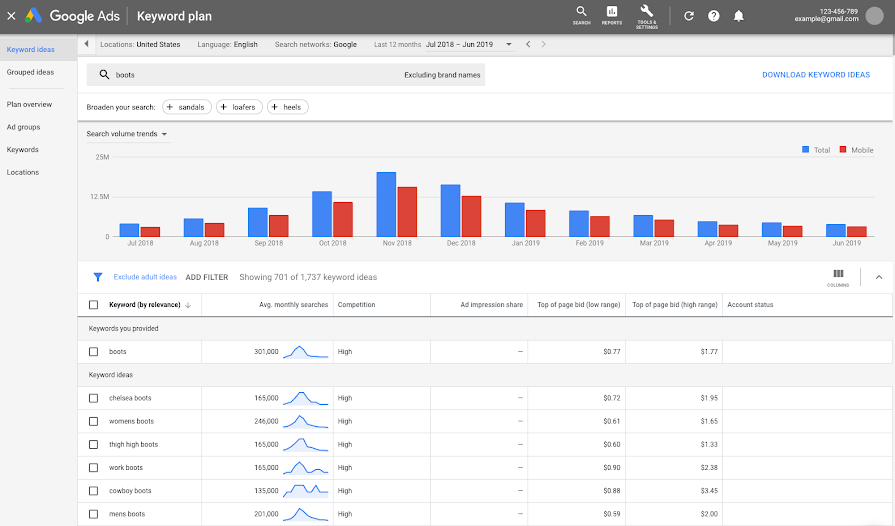
Source: Google Support Centre
Update your content regularly
A customer that often sees your advertisement will has a higher chance of engaging with your product. The same goes for site ranking. A regularly updated content is viewed as one of the indicators of a site’s relevancy.
By constantly updating your content and keeping it fresh, you’ll have a higher chance of ranking at the front. The “Googlebot” that crawls the web is constantly searching for web pages that are new or updated and then adds the fresh content to the Google index.
Utilizing trending topics in creating content also optimizes your article as the number of searches is high during the specific period.
Optimize metadata
80% of readers don’t make it past the headline so it’s really important to create a compelling title. Try to keep your headline under 66 characters, as this allows the entire title to fit on a search page.
Adding a short meta description to your site makes it easier for search engines to learn more about your post. A good meta description typically contains two full sentences.
You may want to incorporate top keywords you’ve used throughout your blog in the headline and meta descriptions to increase its relevance.
Also, using tags is important to help search engines understand your site and rank the specific pages accordingly:
- Add the title to your page and wrap it in an H1 title tag, this HTML code will tell search engines that it’s the most important description of the page.
- Wrap your subheadings in an H2 tag, this tells search engines that the copy is important and related to the primary page topic.
Remember to add researched keywords to both title and subheading. Use it in more than more subheading if it’s natural and make sense. Never force it.

Example of meta description
Create links to authoritative sites
Citing an article helps in strengthen the information credibility and increase your site ranking accordingly. This is because search engines prioritize content with accurate resources than a random information.
However, it’s important to cite new sources as Google wants quality. Generally, sites with a low Domain Authority (DA) score are best to optimize your blog. Lower popularity sites with high DA score – which means high relevancy and high authority in your industry is also great fits for you to cite as it might has a strong credibility in your niche community.
When citing sources, it’s recommended to insert quality links that direct readers to the relevant article or resource.
Include relevant images (with alt tags)
Placing images in an article will compel the visitors to read through the full article. Imagine clicking into a site page fully crammed with words, I’ll be turned off by it.
While choosing a topic to write, consider breaking down the content into small points. This will make the page looks neater and a chance for you to insert relevant images to each section.
Always describe your image and video media using alt tags (or alternative text descriptions). As search engines couldn’t read the visuals, alt tags allow search engines to read the image description located in the SSL and locate your page.
Conclusion
At the end, ask yourself why do want to optimize your page?
If you want to reap the benefits of organic traffics instead of keep on paying for ads, it’s important to improve your site ranking with strategize content. SEO also build credibility and trust in your customers. Therefore, integrating your content strategy into overall SEO plan is important to build your branding and increase your business revenue for the long run.
Looking to up your SEO game? Our team we would love to help you develop a winning SEO strategy in Malaysia.
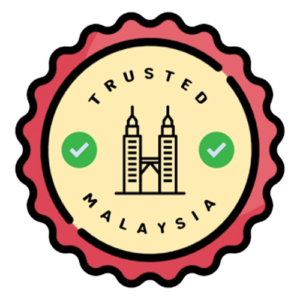


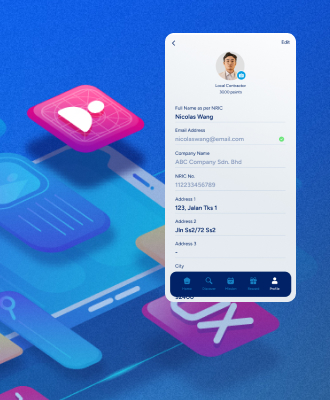

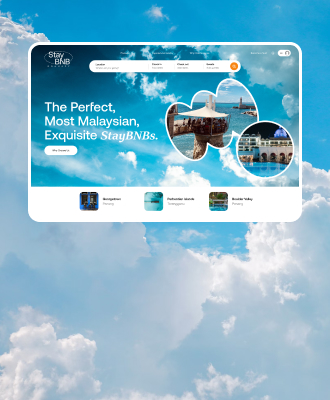
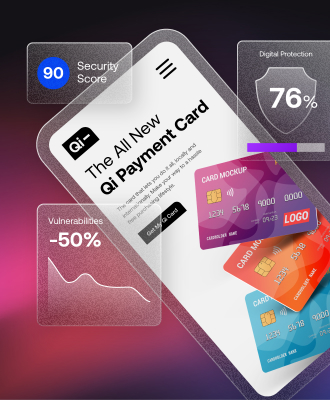
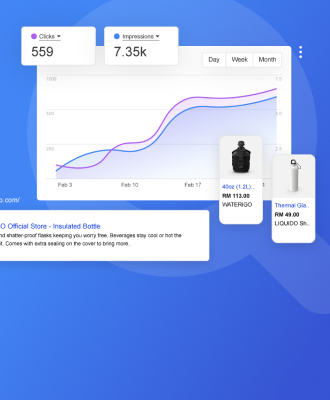
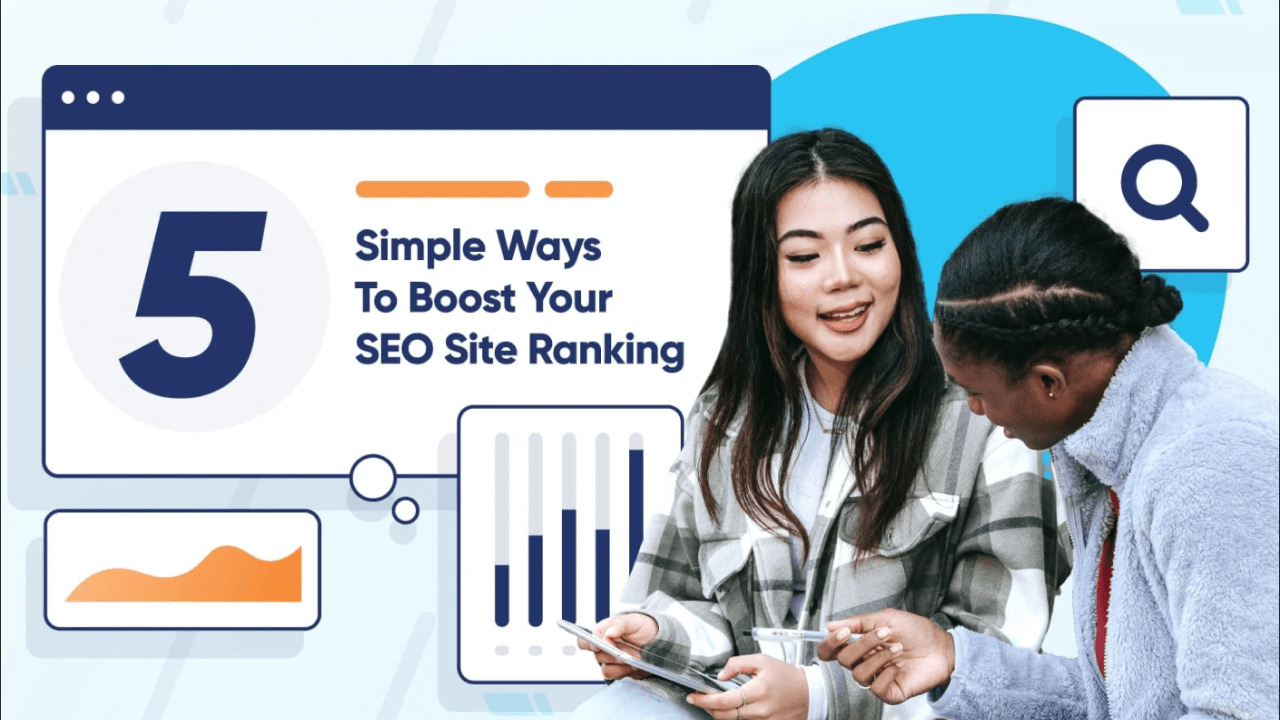




Leave A Comment